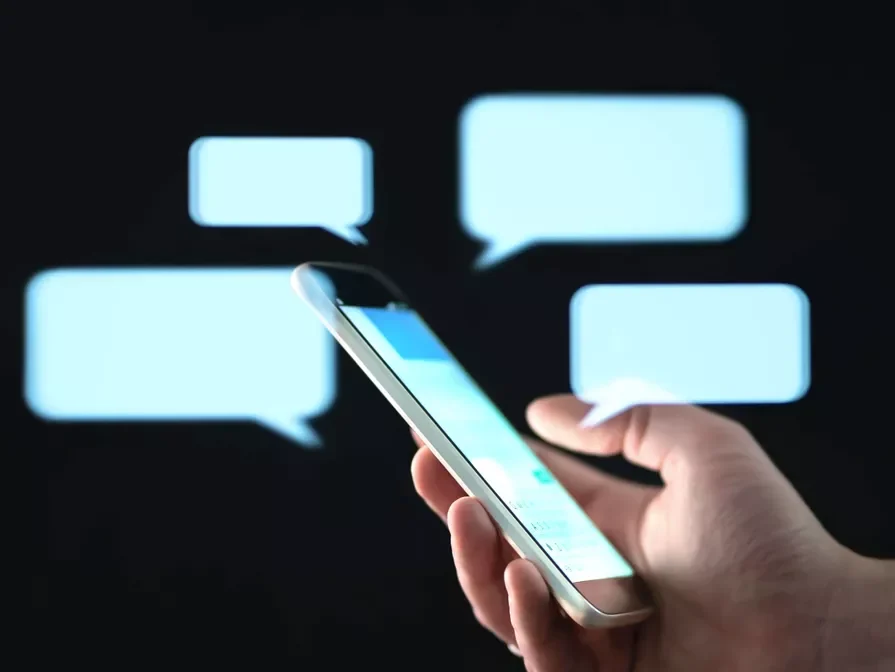The traditional way of serving customers fails to meet the ever-changing expectations of a new generation of customers.
Companies still stuck with the old ways must change approaches to deliver more value to customers at every step. Not many clients like using interactive voice response (IVR) systems during phone calls.
AI-enabled customer service chatbot is revolutionizing the service industry as it not only impacts support but can also automate functions in sales or marketing verticals.
What is a customer service chatbot?
Customer service platforms are built specifically to achieve goals in the customer journey. An intelligent customer service bot can answer 70% of simple customer FAQs or direct customers to find more information or resources on your website.
An added benefit of such chatbots is the reduced number of calls they receive to the contact center. It means customer service teams can spend more time solving complex customer issues rather than repeating information that could be easily automated or found in a section of frequently asked questions.
How does a customer service bot impact the business?
Customer service teams love chatbots because they free up time to answer basic phone questions with customers. Such simple queries take up 70-80% of a typical rep’s workday. If chatbots take over these quick decisions, customers will be happier to avoid the phone call, and customer service agents will have more time to support customers proactively.
Another benefit of using a chatbot is that customers will get faster responses. When it comes to simple tasks, it’s hard for people to beat the lightning-fast processors of computers that can sort through thousands of keywords every second.
In addition, when chatbots work effectively, businesses save money. Chatbots aren’t paid, so management can use bots to expand their team’s reach without hiring additional reps. It makes bots an attractive and cost-effective solution for different service groups.
Main features of customer service chatbots
Today there is a vast selection of bots, different in their potential and functionality. If you are considering the best solution for your service team, I recommend paying attention to the following options:
- Natural Language Processing (NLP): this feature allows the AI chatbot to understand messages and respond appropriately. NLP provides context for a customer service chatbot.
- The complete knowledge database: AI-based bots use the company’s aggregate knowledge base to find solutions to improve the user experience. It allows such tools to do most of the work previously the responsibility of customer support teams.
- Data collection: sophisticated AI chatbots must collect and learn from important data to improve their functionality and customer experience.
- Compatible with various environments: the most valuable AI bots can be used through multiple mediums, including chat, SMS, or social media (such as WhatsApp or Facebook messenger).
- Waiting time: a chatbot should reduce customer waiting by providing accurate and fast responses.
Today, customer support chatbot uses more advanced artificial intelligence (AI) and machine learning (ML) capabilities to understand the context and sentiment of customer queries and ensure the response is similar to the users’ language.
Examples of the best customer service chatbots
Now that we’ve covered chatbots, let’s analyze how you should use them for customer service. Here are some examples of the best AI customer service bots in 2022, along with the features they perform best:
- Tidio is a customer service platform that helps your team improve customer support and increase sales. With an easily accessible live chat widget, Tidio keeps your business accessible 24 hours a day, seven days a week, with AI-powered chatbots interacting with your customers in real-time. Tidio is currently trusted by over 300,000 websites worldwide.
- Drift is created for teams who want to communicate with potential customers in real-time on the company’s website. The tool is designed to help customer service teams identify quality leads that need to be passed on to engage with human agents via chat, phone, or face-to-face. It contains questions to help customer service teams better understand the needs of these customers.
- One of the main advantages of using Netomi is that such a tool has built-in integrations with other tools like Zendesk Chat, Salesforce Chat, etc. It is also designed to help organizations serve highly relevant articles from their knowledge base so that bots can quickly find answers to queries. The tool immediately solves most problems by identifying social media reviews.
- Kommunicate’s automation features benefit lead generation, especially lead capture forms that help customer service teams collect all the necessary customer data. Kommunicate also ensures clients move seamlessly between the bot and human agent, so resources are used where they are needed most. The software has an intuitive and straightforward toolbar.
- Watson Assistant from IBM streamlines the customer experience by providing accurate responses to queries across devices, applications, and channels. Such a tool is a good fit for teams that don’t have much experience with a bot for customer service tools as no specialized knowledge is required to manage the software.
Artificial intelligence is now an integral element of user experience strategies and significantly changes how companies provide support to their customers. With the ever-increasing use of AI, brands see fit to use customer service chatbots to provide immediate responses and reduce the chance of two-way human intervention.
